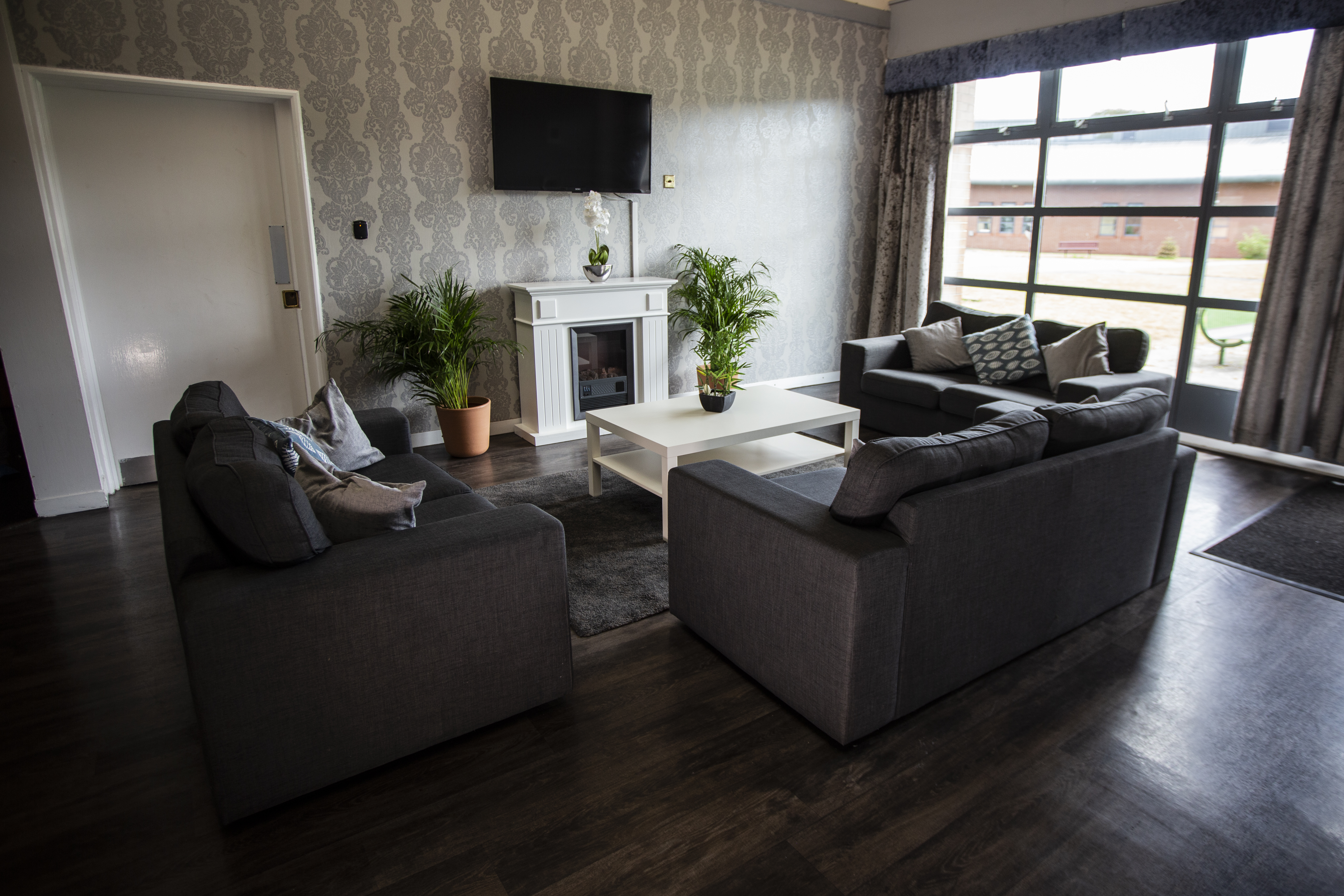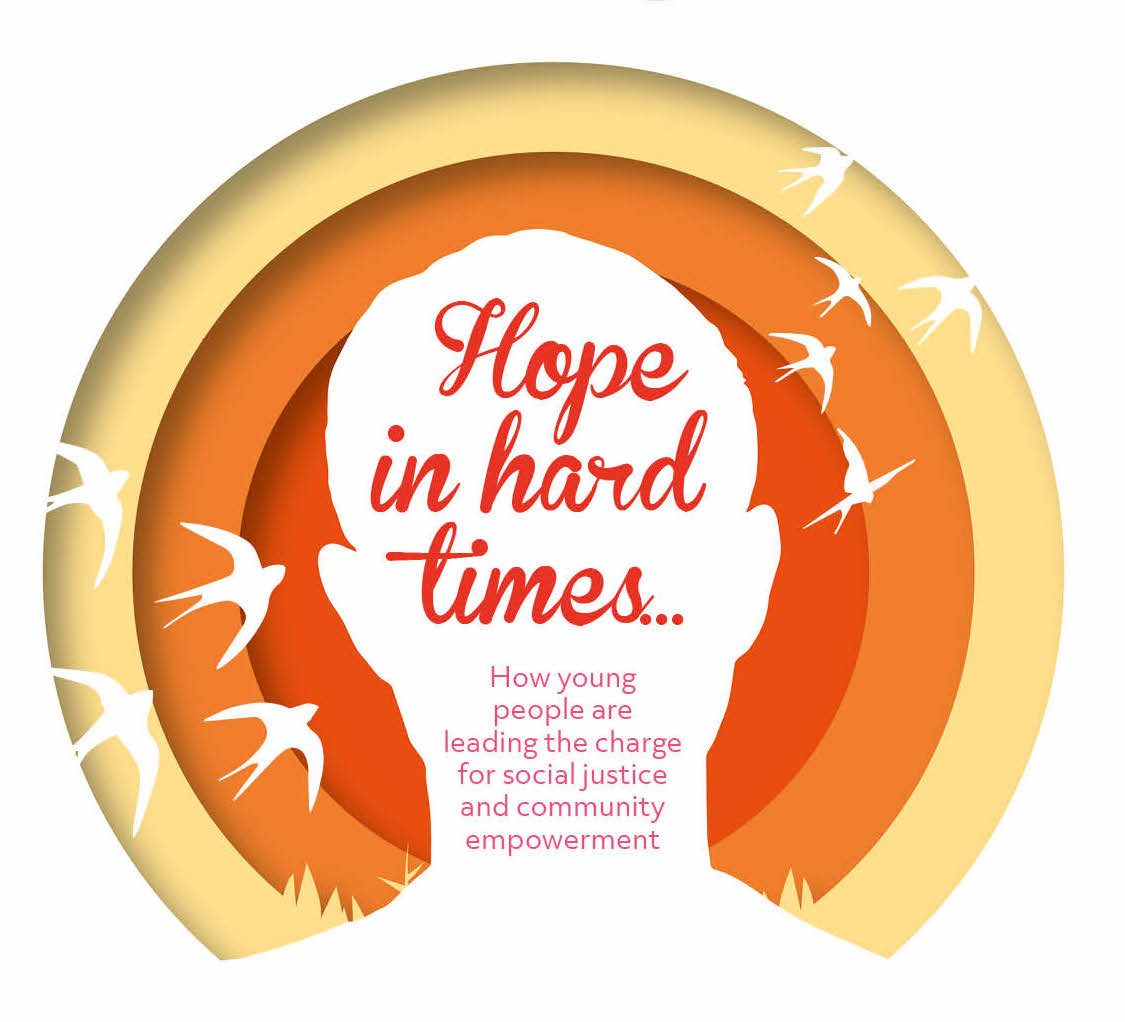“We need to nurture our staff who nurture our kids”
Members' spotlight: St Mary's Kenmure
Carole Dearie tells us how changes in one of Scotland’s secure care units have had a positive impact on both staff and young people.
St Mary’s Kenmure is one of five secure facilities across Scotland which offer a controlled, safe and secure environment for young people who are deemed to be presenting a risk – either to themselves or to others. In St Mary’s we have 24 beds across four separate house units. Young people are referred to us either through the courts or via the Children’s Hearings System and can come from all over Scotland.
When I took over as Director of Services in 2017, I came in to an environment that fuelled a culture of absence, disrespect between staff and residents and extraordinarily high levels of restraint. Violence towards staff was not uncommon. The punitive approach which had clearly been the norm was unhelpful at best, and unhealthy at worst. Things needed to change.
As Angus Skinner once said, “buildings can be improved, bedrooms made more attractive, but staff make or break the system.” This, a favourite quote of mine, became my mantra as I assessed what needed to change to have a positive impact on both the staff and kids within the unit.
Adopting a more therapeutic approach
Time and time again research says that supporting young people instead of constantly punishing them has better outcomes.
So first and foremost, I instigated a move away from a punitive approach towards a more therapeutic one. This was met with a very surprising response by some staff who, deciding they did not want to be part of the journey of change, left the organisation. I have absolutely no hesitation in saying this was the right thing for them to do as it helped to ensure that those working with the young people who come through our doors all share the same values.
Scotland, as a whole, has adopted an approach that is respectful and upholds children’s rights. But this is not always lived in practice. Seeing the young people come through our doors at St Mary’s it was clear to me we needed a radical shift. We needed to demonstrate love and nurturing approaches that conveyed respect and care from the outset.
Changing the environment
Alongside this, in November 2017, I took the first major decision that was to have a significant impact on the reduction of violence within the units. Starting with the unit that had the highest number of restraints, we changed the physical environment.
The hard, cold furniture, shipped from the USA , was not only uncomfortable but not at all homely or welcoming. Units were sparse and it was clear that risk was dictating what should be included and available. I wanted to manage the risk not avoid it. We changed it to softer, more homely furnishings – furniture that I would gladly have in my own home. For the young people who come to stay with us, this is their home – be it for just a few weeks, months, or more long-term. I wanted them to feel safe and comfortable, and not like they were in an environment that lacked warmth.
The results have been astonishing and data collated on the use of restraint was showing a sharp decline within this unit. The refurbishment was then rolled out to all units and again we have been impressed with the results. Across all four units there has been an 80% reduction in the use of physical restraint and one unit has had a 100% reduction.
Young people and staff have taken great pride in the newly refurbished units and young people willingly assist with household tasks to maintain a good standard throughout.
Since these changes were implemented, we have also seen a reduction from around £200,000 per year spent on repairing damages, to somewhere between £5,000-£10,000. I used to judge how difficult a night my staff had had by the police van and glaziers van which were parked outside the unit in the morning when I arrived. Those days are gone. In fact, the glaziers we use once called to ask if we were still open!
Introducing a staff outcome framework
I also felt it was not just important, but crucial, to look after the staff team.
I developed a staff outcome framework based on the SHANARRI framework embedded in the Getting it Right for Every Child approach. We adopted the same wellbeing indicators of safe, healthy, active, nurtured, achieving, respected, responsible and included, and added our own – ‘hope’. To me, it was important that staff didn’t lose hope, and sight of what we were, and are, trying to achieve.
In order to ensure each member of the team feels respected, valued and a key part of the bigger picture, the framework assessment is bespoke and tailored to each staff member. It is conducted as a self-assessment, creating a new culture of honesty and respect. Staff can be open and honest about how they feel they are doing within each area, and their answers are treated with respect. Anything requiring action is taken forward and necessary support given. The framework moves away from the supervision models of days gone by and is now much more inclusive and nurturing. Staff consistently spoke of supervision being about ‘getting into trouble’ and ‘blame’. This inclusive approach has contributed not only to incidences of restraints being reduced as staff feel much more confident in relationship-building and intervening in crisis, but also significantly reduced staff absence levels.
The framework was launched at the Scottish Institute for Residentical Child Care (SIRCC) conference in June 2018 and has been presented to the Care Review. The framework is proving popular and I am delighted to see that others have considered adopting something similar with their own staff. I’ve already met with a number of organisations and local authorities which are keen to look at implementing a similar model. I am keen to see this, or a version of it, adopted more widely for staff in care settings. I really believe that in order to succeed in providing quality care services you have to take care of the carers. We need to nurture the staff who nurture our kids.
We work in what can be a very intense environment – emotionally, physically and mentally. So alongside the wellbeing framework, my staff also have access to mindfulness training as well as cognitive behavioural therapy (CBT) and on-site drop in clinics.
As a result, we are nurturing a competent, confident staff team who have better quality and more positive relationships with the young people within our care. This can only be a good thing.
This is reflected within our young people also. Our last Care Inspectorate report, published in 2018, reported speaking to young people who said they felt happy and safe. Comments made to the inspectorate included: “yes, I feel safe”, “yes, we are listened to”, “yes, we get looked after”. As a parent, corporate or otherwise, isn’t that what you want to hear from your child?
As the care sector, particularly residential care, is often under a negative spotlight facing allegations and cases of historic abuse, we are proof of what can be done well, with the right approach and the right people.
Carole Dearie is Director of Services at St Mary’s Kenmure
This article first appeared in Children in Scotland magazine, Issue 195. Published in December 2019.

Life at St Mary's
Find out more about the Glasgow -based secure unit for young people
Visit the website
Children in Scotland magazine: Issue 195
Get more content from the current issue of our magazine
Buy the latest issue
Members' spotlight
Are you a member? Want to be considered for our members’ spotlight page?
Email the editor
Children in Scotland membership
Find out more about how membership can benefit you and your organisations
Visit the membership page